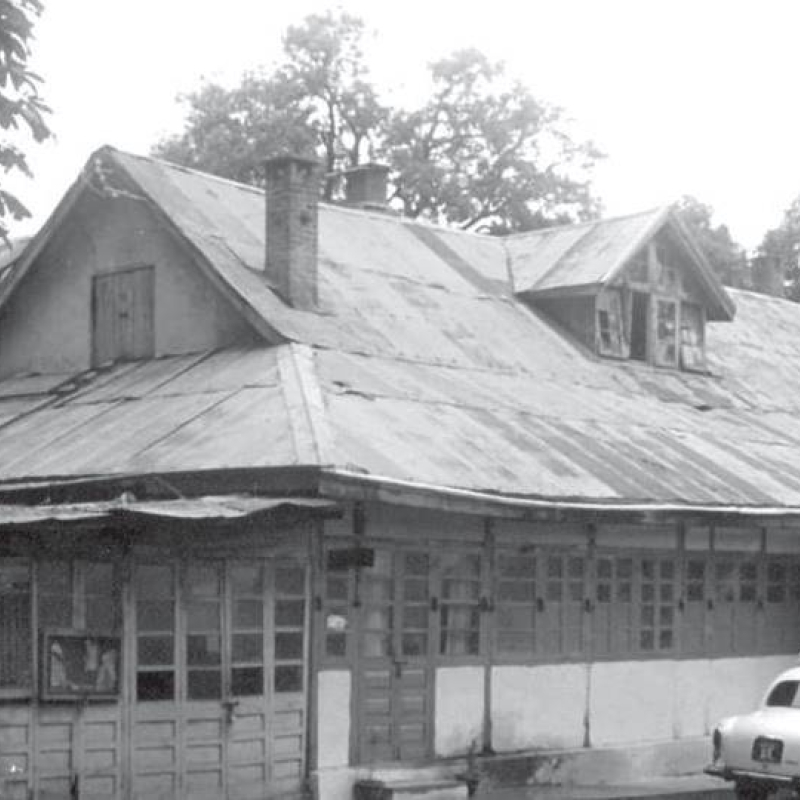This module discusses the emergence of the Government School of Art and Craft, Shimla, under the leadership of one of the most versatile artists, Sardari Lal Parasher.
Due to the Partition of India, Lahore—the nucleus of artistic and cultural activities in Punjab and the founding place of the Mayo School—became a part of Pakistan, and Shimla, the former summer capital of the British administration in India, became the new cultural capital of Punjab. To encourage artistic activities in the region again, a new art school—the Government School of Art and Craft—was founded in Shimla, with the approval of the then Governor of Punjab. This school operated with the same ideology as the Mayo School.
In 1962, with the establishment of Chandigarh as the new capital of Punjab, the art school was shifted from Shimla to be in the state’s new capital. The name of the institution was changed from the Government School of Arts, Punjab, to the Government College of Art and Craft, Chandigarh (presently, the Government College of Art).
In the founding of the school in Shimla, S.L. Parasher, former Vice Principal of the Mayo School of Art, played a seminal role—from working on the proposal to be sent to S.N. Kapoor (the then Director of Industries in East Punjab) to establishing a government school of art and design to formulating the syllabus.


